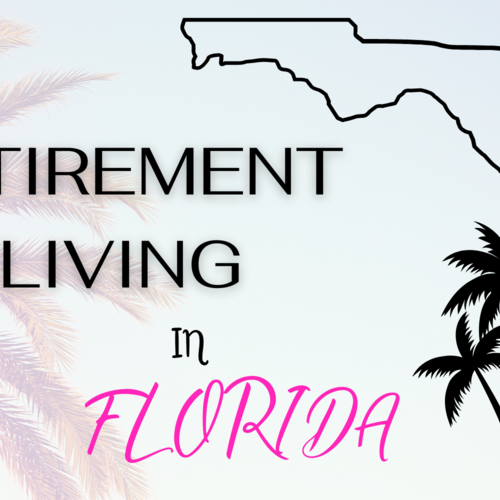At the 2025 Florida Realtors® Convention, Chief Economist Dr. Brad O’Connor shared an in-depth look at how Florida’s housing market is faring midway through the year. His update highlighted that while statewide sales are slightly below last year’s pace, prices remain well above pre-pandemic levels—proof that Florida’s market is adjusting rather than declining.
Sales & Prices: Holding Steady
Dr. O’Connor explained that the statewide numbers don’t always reflect local activity. Some markets are seeing single-family sales increase compared to last year, while others are moving at a slower pace. What’s clear is that there hasn’t been an “explosive” shift either way—no major surge, but no drastic collapse either.
Prices, though easing in some places, are still significantly higher than before the pandemic. Homes are also spending longer on the market, which has led to more inventory, particularly in single-family homes. Condo listings, while slightly elevated, remain near historical norms.
Affordability Challenges
Affordability remains the key pressure point for buyers:
Mortgage Payments: As of July 2025, the typical monthly payment on a median-priced single-family home is about 111% higher than five years ago, while prices themselves are 39% higher. Rising interest rates are the main factor, though Dr. O’Connor noted that a narrowing gap between rates and the 10-year Treasury yield could bring relief.
Insurance Costs: While recent reforms on lawsuits and fraud have slowed rate hikes, insurance remains well above pre-pandemic levels, affecting affordability and nudging out-migration slightly higher than usual.
Property Taxes: Long-time Florida homeowners benefit from the Save Our Homes amendment, which caps increases at 3% annually. But new buyers, investors, and out-of-state movers are paying much more in property taxes.
Migration & Job Growth
Migration into Florida remains strong, though not at the peak levels seen during the pandemic. More newcomers are arriving from western states like California and Texas, while fewer are relocating from the Midwest and Northeast.
Dr. O’Connor emphasized that the desire to live in Florida hasn’t slowed—it’s simply become a bigger affordability challenge.
On the job front, Florida’s payroll growth is still above the national average, and unemployment remains low, helping to keep the state’s economy resilient.
Key Takeaway
The bottom line from Dr. O’Connor’s analysis: Florida’s housing market is finding balance. Inventory is increasing, but mostly due to longer selling times, not a flood of new listings. Affordability pressures—mortgage rates, insurance, and taxes—remain the biggest hurdles, but demand to live in Florida continues to be strong.
For retirees, investors, and families alike, this means Florida’s housing market is stabilizing rather than shrinking—creating opportunities for those ready to make a move.



